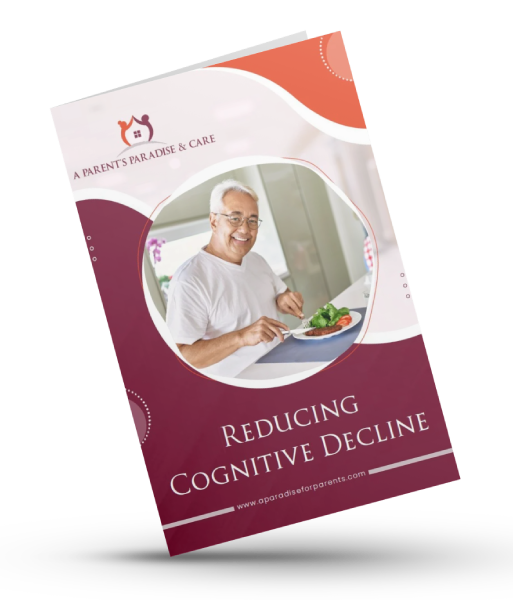No that’s not a spelling error. It’s a ‘Dad joke’ way of introducing the Vagus nerve – the subject of this blog post. There are 12 cranial nerves running down from your brain to various parts of your body. They transmit signals from your brain and receive feedback on what is going on. The Vagus nerve is also called cranial nerve X (or cranial nerve 10 but in Roman numerals). Performing Vagus nerve stimulation at home can have some pretty dramatic effects on your body. What is Vagus nerve stimulation? How does Vagus nerve stimulation work? Read on to find out.
Why the Vagus nerve and not nerves 1 through 9? Because researchers are finding out that vagus nerve stimulation at home has some effect on slowing down Alzheimer’s. Since we’re interested in helping the elderly here, it makes sense to jump right over the first nine nerves.
What is Vagus Nerve Stimulation?
‘Vagus’ in Latin means wandering. The nerve ‘wanders’ from the brain stem over to the auditory canal, down your neck near your carotid artery, through your esophagus, where it branches off into the left and right Vagus nerves. See why it wanders? Then they go on either side of the Pharynx, down the esophagus and some branches go off to regulate heart function. Yada, yada, a little while later it ends up in your colon.
The sensing functions of the Vagus nerve consist of two components:
- Somatic Components – The sensations you feel on your skin and in your muscles
- Visceral Components – The sensations your organs feel
What seems the most interesting for older people, however, is the Vagus nerve’s role in memory. Technically the Vagus nerve:
“Carries sensory messages to and from the brain, releases the neurotransmitter norepinephrine into the amygdala, strengthening memory storage in limbic regions of the brain that regulate arousal, memory and feeling responses to emotionally laden stimuli.”
In a not-so-technical sense, when you perform vagus nerve stimulation at home, it helps to stimulate the areas of the brain involved in memory, as well as other things like digestion. By stimulating the Vagus nerve, the theory goes, you can stimulate the brain to improve its memory functions and decrease your risk of an Alzheimer’s diagnosis. We showed in a previous blog post how your lifestyle can lower your risk as well (diet, exercise, sleep etc.). Those changes, along with vagus nerve stimulation, can help keep you out of Memory Care. Or at least slow down the progression of the disease.
How Does Vagus Nerve Stimulation Work?
The fancy medical way to stimulate the Vagus nerve is to place a device inside your chest. The device will send electronic signals to the Vagus nerve to stimulate it. They also use this stimulation of the nerve to help treat other conditions such as epilepsy and depression.
There are also less invasive and easier ways to perform Vagus nerve stimulation at home. If you search for ‘Vagus Nerve stimulation at home’ or something similar on YouTube, you will see lots of videos which help. Here is an example:
Here are some other simple exercises you can try at home that show you what is Vagus nerve stimulation:
- Gargle while humming loud (the vocal chords stimulate the nerve when used)
- Loud singing or humming
- Turn on cold water for the last 30 seconds to a minute of a shower
- Tap the fingertips of your left hand in succession with the thumb one at a time while letting out a loud ‘Ah’ from your mouth each time you tap. When you get to the pinky and the index finger, tap twice as you reverse direction. Remember to say ‘Ah’ with each tap
We have tried some of these stimulation exercises with our Alzheimer’s residents. It seems to tire their brain out like they are getting a workout. However, they seem a little more refreshed and cognizant each time we try it.
Worth giving it a try?





